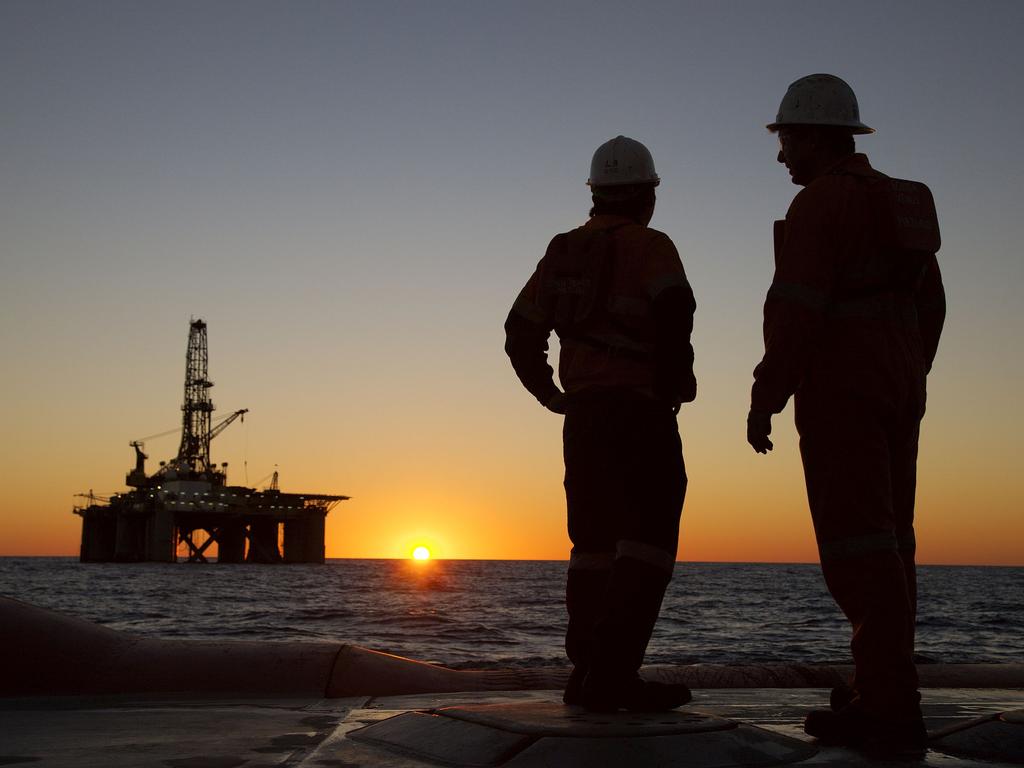Commodity prices to fall, driven by collapse in demand for iron ore, metallurgical coal and liquefied natural gas: NAB
NAB warns there’s a ‘very negative picture for commodity demand’ in the near term.

Global commodity prices are forecast to fall 16.2 per cent in 2020, with NAB tipping a modest recovery in 2021.
The projected price falls will be driven by a collapse in demand for iron ore, metallurgical coal and liquefied natural gas (LNG), with the outlook for oil prices also soft.
NAB forecasts a 0.5 per cent recovery in overall commodity prices in 2021, driven by increased demand for copper, aluminium, zinc, oil and LNG.
NAB analysts said the speed and extent of the global downturn had “far exceeded the Global Financial Crisis” in what had been a sharp deterioration since only March.
“This presents a very negative picture for commodity demand in the near term,” the analysts said.
“However, the scale and duration of the downturn is also highly uncertain – our expectation is that a global recovery commences in Q3 2020, however there is downside risk to this outlook.”
Iron ore and thermal and coking coal are expected to make a slim recovery by the end of 2021, with prices trading up from an expected trough in 2020, but ending with prices lower than they entered the coronavirus crisis.
Prices for iron ore have already collapsed from peaks seen at the start of the previous decade and NAB’s forecast for 2021 remains unchanged at $US70 a tonne.
Despite acknowledging the likelihood that steel will form a major part of any Chinese-led stimulus effort, NAB predicts weak overall global demands will keep a lid on iron ore prices.
Coking coal is a critical component in the production of steel and a flattening of demand would be likely to restrain prices.
NAB also expects a weakness in global manufacturing and electricity demand, as a consequence of efforts to fight the spread of COVID-19, to cause coal prices to soften in the near term.
NAB chief economist Alan Oster said despite the Australian dollar’s recent fall, there would be no boost to exports on the back of it.
“It’s hard to sell overseas, you can’t do it all by air freight, it’s got to be shipping, all those indexes are down,” he said.
“We’re not expecting China to be a big influence in saving the bacon. A lot of these traditional mechanisms that help you, aren’t helping you that much.”
Base metal prices - copper, aluminium, zinc and lead - have plunged from mid-March to 2016 levels as COVID-19 shutters many major users of the minerals, however NAB suggests they will recover towards the end of 2020.
Global volatility has seen investors pile into gold, leading to high volatility in price, from $US1480 an ounce in December 2019 to $US1682 earlier this week.
NAB slightly raised its forecast for prices for December 2020, predicting gold to trade around $1630 an ounce well into 2021.
Oil and gas predictions
In another sign of market volatility, oil prices appear to be turning a corner, after OPEC+ committed to cutting production by 10 million bpd till June, with a gradual easing of cuts until April 2022, signalling a pause to the price war Russia and Saudi Arabia initiated at the start of March.
However, the recovery still sees NAB downgrade its expected prices, lowering of its forecast Brent price to $US35 a barrel in June and $US46 a barrel by the end of the year, a $US12 shortfall on previous forecasts.
NAB tips LNG will remain constrained by weak global demand coupled with the issue of excess supply, which had already forced down prices prior to the viral crisis. It said it expected prices to sit at above $9 a gigajoule through 2020, before moving to $10 a gigajoule and slightly above by December 2021.
Major LNG projects have already been put on hold by Woodside signalling the fear in the industry to free up more production in an already anaemic market.
NAB economist John Sharma said weak global demand could flow through to cheaper prices in southeast Australia.
“Spot prices have come down, based on that we should see some sort of easing in the southeast of Australia,” he said.
“In light of that, people are cutting supply because of demand disruption, I’m not expecting to see a real crash, it’s going to be slightly modest.”
The forecast from NAB comes as several major Australian producers are expected to report quarterly production results in the coming days.
Minerals producer South32 and coal miner Whitehaven will report on Thursday, with copper-gold miner Sandfire to report on Friday.
Minerals and mining behemoths Rio Tinto will also report on Friday, set to be followed next Tuesday by BHP.
Lithium miner Galaxy Resources will report on Thursday 23 April.





